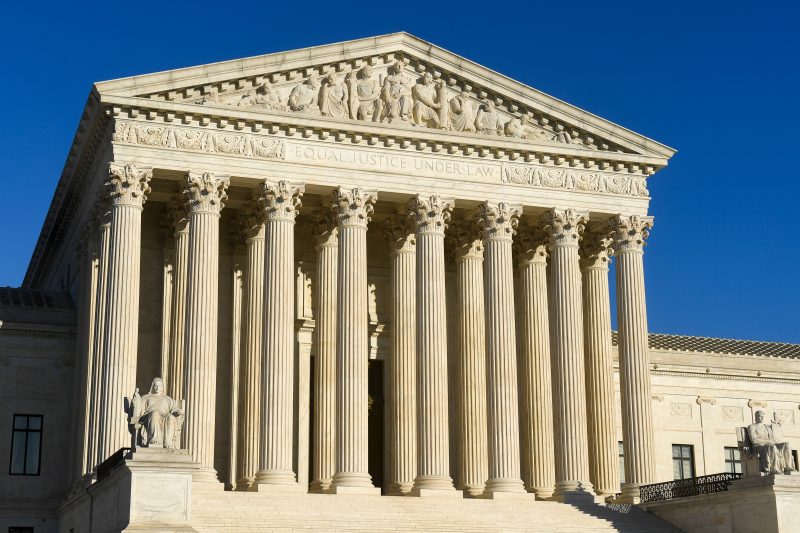The recent decision by the Supreme Court to maintain the suspension of President Biden’s new Title IX regulations in certain states has sparked a wave of debate and discussion across the nation. This development emerges at a critical juncture, as Title IX has long been a cornerstone of gender equality and protection against discrimination in educational settings.
The regulations in question include several key changes aimed at strengthening protections for survivors of sexual assault and harassment on college campuses. These changes encompass new guidelines for how educational institutions handle cases of sexual misconduct, including the definition of sexual harassment and the standard of evidence required for investigations. While proponents of these regulations argue that they are essential for ensuring the safety and well-being of students, opponents have raised concerns about potential infringement on due process rights for the accused.
One of the primary reasons cited by the Supreme Court for upholding the block on these regulations in certain states is the ongoing legal battle surrounding their implementation. A group of state attorneys general had filed a lawsuit challenging the constitutionality of the regulations, arguing that they exceed the scope of Title IX and impose undue burdens on educational institutions. This legal challenge has led to a patchwork of enforcement across different states, with some continuing to operate under the previous regulations while others adopt the new guidelines.
The implications of this decision extend beyond the immediate legal framework of Title IX. It raises broader questions about how the balance between protecting survivors and upholding the rights of the accused should be struck in cases of sexual misconduct. The #MeToo movement has shed light on the prevalence of sexual harassment and assault in various sectors, including academia, prompting calls for stronger institutional responses to these issues.
Moving forward, it is crucial for policymakers, educational institutions, advocacy groups, and legal experts to engage in productive dialogue to address the complexities of Title IX regulations. Finding common ground that ensures fair treatment for all parties involved while prioritizing the safety and well-being of students is a multifaceted challenge that requires careful consideration and collaboration.
In conclusion, the Supreme Court’s decision to maintain the suspension of President Biden’s new Title IX regulations in certain states marks a significant development in the ongoing debate surrounding sexual misconduct on college campuses. As the legal landscape continues to evolve, it is essential for stakeholders to work towards consensus on how best to uphold the principles of equity, justice, and accountability in educational settings.
